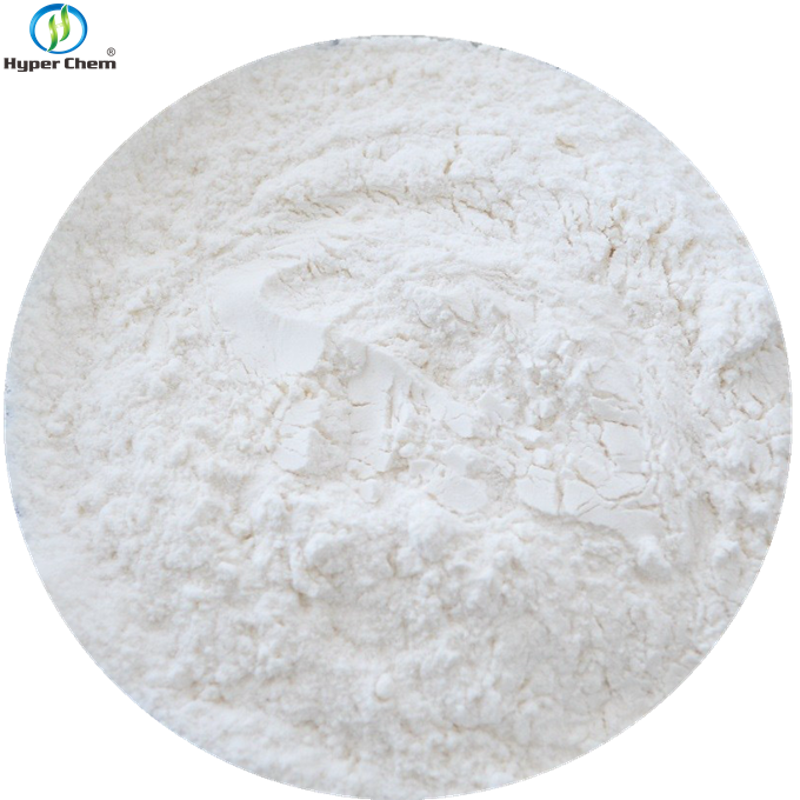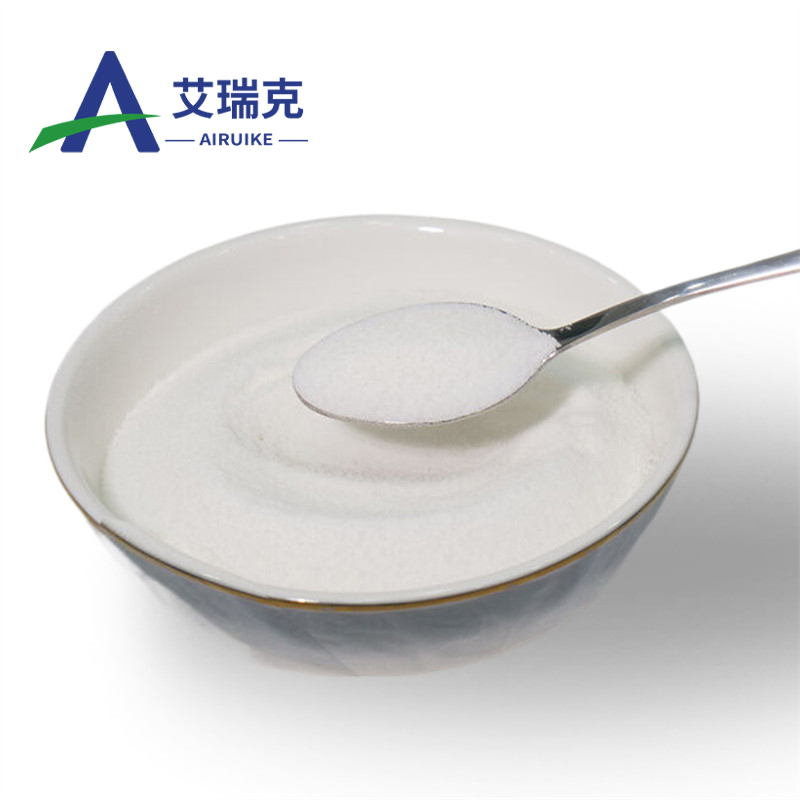-
Categories
-
Pharmaceutical Intermediates
-
Active Pharmaceutical Ingredients
-
Food Additives
- Industrial Coatings
- Agrochemicals
- Dyes and Pigments
- Surfactant
- Flavors and Fragrances
- Chemical Reagents
- Catalyst and Auxiliary
- Natural Products
- Inorganic Chemistry
-
Organic Chemistry
-
Biochemical Engineering
- Analytical Chemistry
-
Cosmetic Ingredient
- Water Treatment Chemical
-
Pharmaceutical Intermediates
Promotion
ECHEMI Mall
Wholesale
Weekly Price
Exhibition
News
-
Trade Service
Click on the blue word to follow us
Smoking is one of the most unhealthy lifestyles common in humans, and World Health Organization research shows that smoking dominates preventable deaths worldwide.
Quitting smoking is considered an effective way to extend human life, but it makes quitting especially difficult
due to nicotine's powerful addiction and withdrawal symptoms.
Excessive nicotine intake not only has a powerful central addictive effect, but also contributes to stomach cancer and respiratory diseases, and recent epidemiological studies have shown a significant positive correlation between smoking and the incidence of nonalcoholic steatohepatitis (NASH).
But the mechanism of this association is currently unclear
.
During smoking, high levels of nicotine were detected in human saliva and gastric juices, indicating a massive accumulation of nicotine in the digestive system, which may mediate the pathological progression
of related diseases.
Nicotine degradation is considered an effective strategy
to block nicotine-induced related diseases.
Intestinal microorganisms are closely related to many human diseases and have strong catabolic capacity, so it is possible to find nicotine-degrading bacteria from intestinal microorganisms to improve the pathological process
of nicotine-induced NASH.
On October 19, 2022, Jiang Changtao's team from Peking University School of Basic Medicine published a research paper entitled "Gut bacteria alleviate smoking-related NASH by degrading gut nicotine" in the top international journal Nature, which determined the causal relationship between intestinal nicotine accumulation and the onset of non-alcoholic fatty liver disease (NAFLD), and identified intestinal bacteria— Bacteroides lycan (B.
lyzanoides.
xylanisolvens) can effectively degrade intestinal nicotine and improve the pathological symptoms
of NAFLD.
1
Intestinal xylolytic bacteroides degrade nicotine in the ileum
The research team collected ileal mucosa, serum and resolution samples from 30 non-smokers and smokers for mass spectrometry analysis, and found that the nicotine content of the ileal mucosa of the smokers increased significantly, indicating that nicotine was enriched in the ileum.
Smoke exposure, oral administration, and subcutaneous nicotine injection can all detect nicotine enrichment in the ileum of SPF mice
.
And the nicotine content detected in the ileum of sterile (GF) mice is higher
relative to SPF mice.
Indicates the presence of endogenous bacteria degrading nicotine
.
Through metagenomic database and metagenomic analysis, it was found that B.
xylanisolvens contains nicotine-containing catabolic gene NicX, and it was found that B.
xylanisolvens carrying NicX gene can metabolize intestinal nicotine to 4-hydroxy-1-(3-pyridinyl)-1- Butanone (HPB).
Figure 1: Bacillus lycan degrades intestinal nicotine to HPB
2
Degradation of intestinal nicotine delays the pathological process of NAFLD
The addition of nicotine to the drinking water of SPF mice was found to promote the pathological process of NAFLD, showing severe fatty liver degeneration, inflammation and liver fibrosis, and by colonizing B.Xylanisolvens can improve the pathological manifestations
of NAFLD.
Further clinical recruitment of 83 patients with NAFLD (including 41 smokers and 42 non-smokers) found that the abundance of B.
xylanisolvens in the feces of smokers was negatively correlated with fecal nicotine content and NAFLD severity, and positively correlated
with fecal HPB levels.
Figure 2: Nicotine degradation by Bacteroides xylarisan is negatively correlated with clinical progress of NAFLD
3
Nicotine activates the p-AMPKα-SMPD3 axis to promote NAFLD
Through the joint analysis of gene and protein expression in ileal tissues by multi-omics, it was found that intestinal nicotine enrichment could significantly activate AMPKα1 signaling in intestinal epithelial cells, and promote the secretionof intestinal ceramide by upregulating the phosphorylation level of phosphingomyidyl phosphodilipase 3 (SMPD3).
Subsequently, the S208 site of SMPD3 was directly phosphorylated by AMPKα1 by in vitro phosphoric acid detection, and the phosphorylation of S208 site on SMPD3 was determined by mass spectrometry to inhibit the ubiquitination modification of K103 site, inhibit the SMPD3 proteasome degradation pathway, and ultimately increase SMPD3 activity
.
Figure 3: Nicotine activation of the p-AMPKα-SMPD3 axis promotes pathological progression of NAFLD
summary
In this paper, it was found that smoking leads to nicotine enrichment in the ileum, activates the AMPKα-SMPD3-ceramide axis to promote the pathological progression of NASH, and elucidates the intestinal-hepatic axis dialogue of the intestinal epithelial AMPKα-SMPD3-ceramide pathway as a key mechanism
for promoting NASH.
In addition, this article identifies the pathological process of degradable nicotine alleviating NAFLD by Bacteroides lyticulan, and reveals the potential value
of gut microorganisms in the prevention and treatment of NASH in smokers.
【References】
1.
https://doi.
org/10.
1038/s41586-022-05299-4
The images in the article are from references







